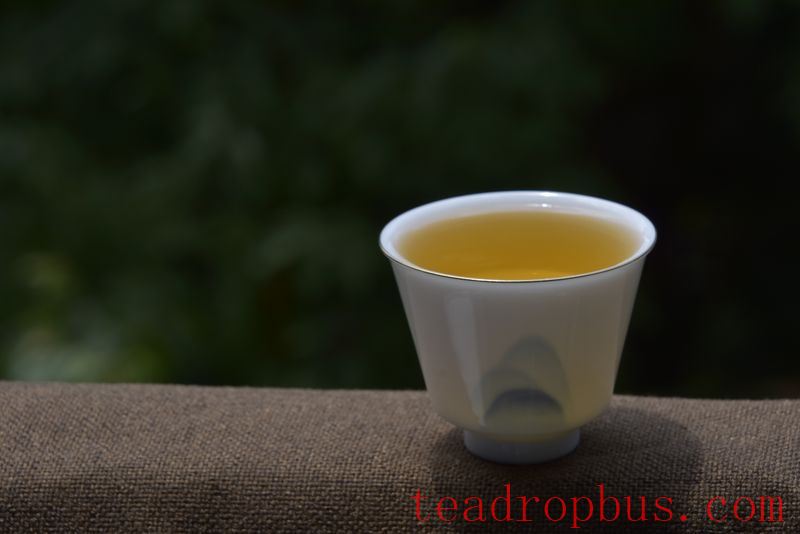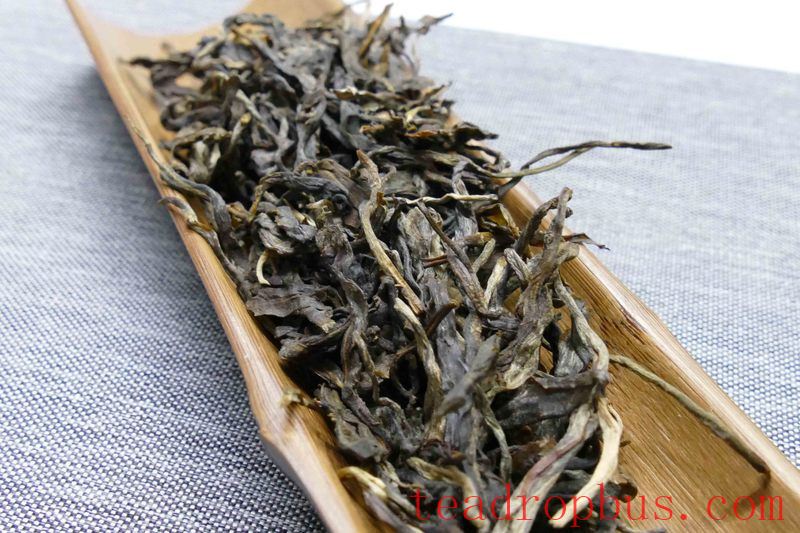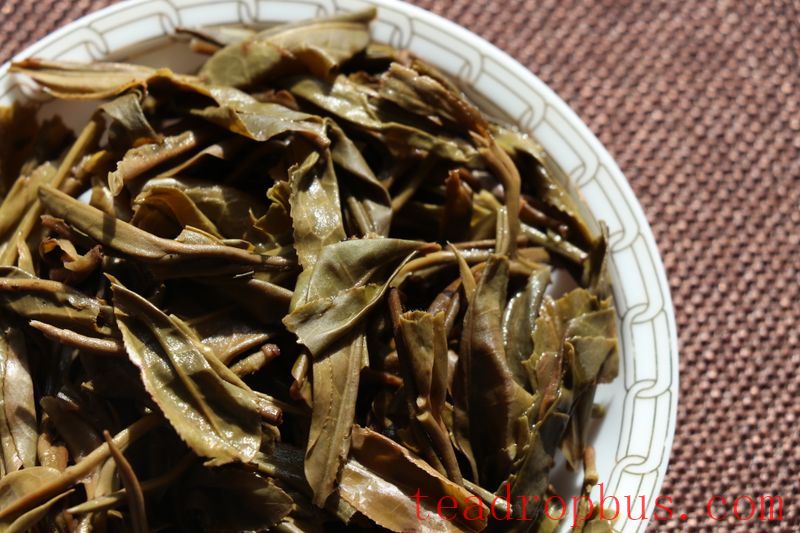Drinking Tea is a green and healthy lifestyle, a natural way to maintain health. Pu'er Tea culture has a long history and has been favored by people since ancient times. Taking raw Pu'er tea as an example, how do we know if the tea we are drinking for health is good or not? Let's analyze how to judge the quality of raw Pu'er tea.

Judging the Quality of Raw Pu'er Tea
1. Complete and Clean Threads
High-quality raw Pu'er tea has complete threads and good uniformity and cleanliness. The buds are moderate, picked between one bud with two leaves to one bud with three leaves. Too young or too old is not ideal; the tea leaves are clean without impurities, and there should be few yellow leaves and tea stalks.
2. High and Lasting Aroma
Good raw Pu'er tea has a high and lasting aroma that doesn't dissipate easily. Both the tea soup and the aroma lingering in the Cup are pleasant, with the best being when the water itself carries the aroma well. The aroma should also last for 7-8 infusions.

3. Full-bodied and Smooth Soup
Good raw Pu'er tea generally has a full and heavy taste, capable of being steeped over ten times without losing flavor.
The texture of the tea soup should be soft and smooth, with a fine water path, high viscosity, large density, and a sensation of pressing the tongue.
4. Quick and Abundant Aftertaste and Salivation
Good raw Pu'er tea has a quick and abundant aftertaste and salivation, creating a feeling of a spring under the tongue.
Though it may have some bitterness and astringency, these should dissipate quickly and completely, with a strong and swift return of sweetness, the deeper the sweetness in the throat, the better.

5. Pure and Clear Soup Color
The color of raw Pu'er tea soup can vary, but high-quality raw Pu'er tea always has a clear and bright soup without any turbidity. The oiliness of the soup should be good. Inadequate processing or impurities can cause the tea soup to become cloudy.
Generally, the endurance of ancient tree teas is excellent. With a conventional 8 grams of tea in a 120 ml Teacup, Pu'er tea can be steeped around 15 times, and some can even go up to 20 times, with older teas lasting even longer, still sweet in the final infusions. Examining the tea leaves after Steeping can help judge the original quality and picking standards of the tea, such as the type of tea tree and its age. The leaves of ancient tree tea are lively and flexible after steeping, with rich internal qualities.